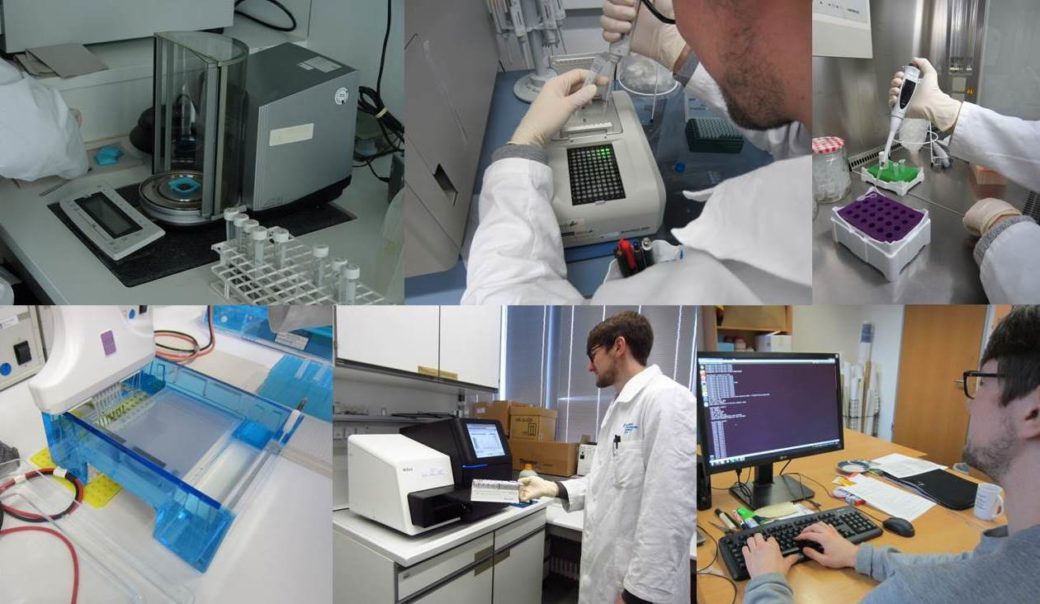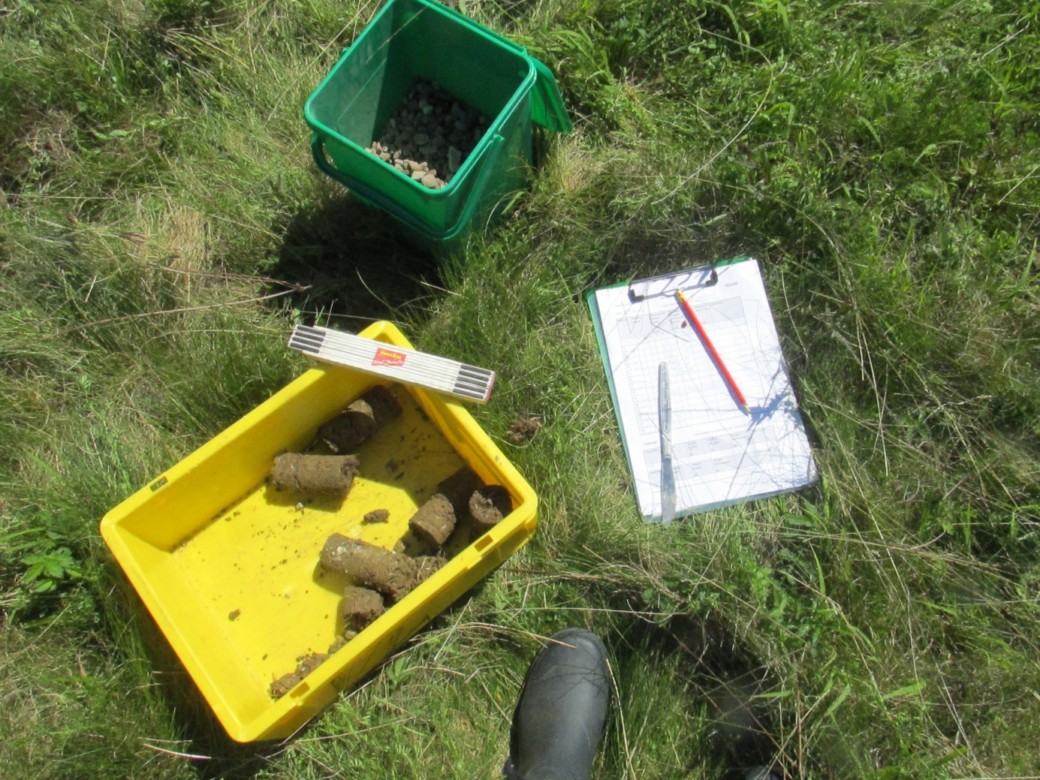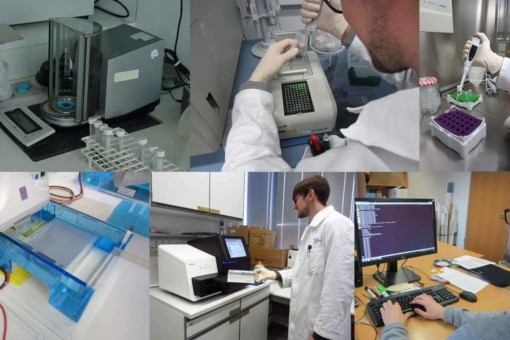Species diversity and community composition of soil microorganisms in grassland and forest ecosystems along land-use gradients

Microorganisms, especially fungi and bacteria, play an essential role in soil, including as destructors in the decomposition of organic matter and as symbionts for the growth and health of plant partners. In addition to these interactions with plants, soil microorganisms are influenced by environmental changes such as land use and forest management. However, the degree to which individual factors affect microbial diversity and composition is not yet fully understood.
1. Characterisation of fungi that play a crucial role in the rhizosphere in grasslands and identification of factors that influence their diversity and composition.
2. Examining the relationship between plant traits of grassland species, land-use intensities and the rhizosphere mycobiome.
3. Assessment of the influence of beech ecotypes on the shaping of specific rhizosphere mycobiomes under different management and environmental conditions.
4. Further analysis of land-use intensity and management effects on soil fungal diversity and fungal community composition.
H1: The species diversity and community composition of the active rhizosphere mycobiome in grasslands changes in relation to the functional plant groups and soil parameters.
H2: Differences in rhizosphere-mycobiome composition are related to changes in plant characteristics, land-use intensities and environmental variables.
H3: The interaction between plants and fungi is determined by plant ecotypes.
H4: Land-use and forest management types have an effect on the composition of the fungal community.
Soil DNA extraction, fungal amplicon library building and next generation sequencing technologies, bioinformatics (MOTHUR & QIIME) and multivariate statistics.
Close collaboration on sample collection and data analysis with exploratory projects:
– ProFIL
– SCALEMIC
– NanoFaun
– Botany
– Soil (Abiotics)
– BELOW
– InDiLaN











